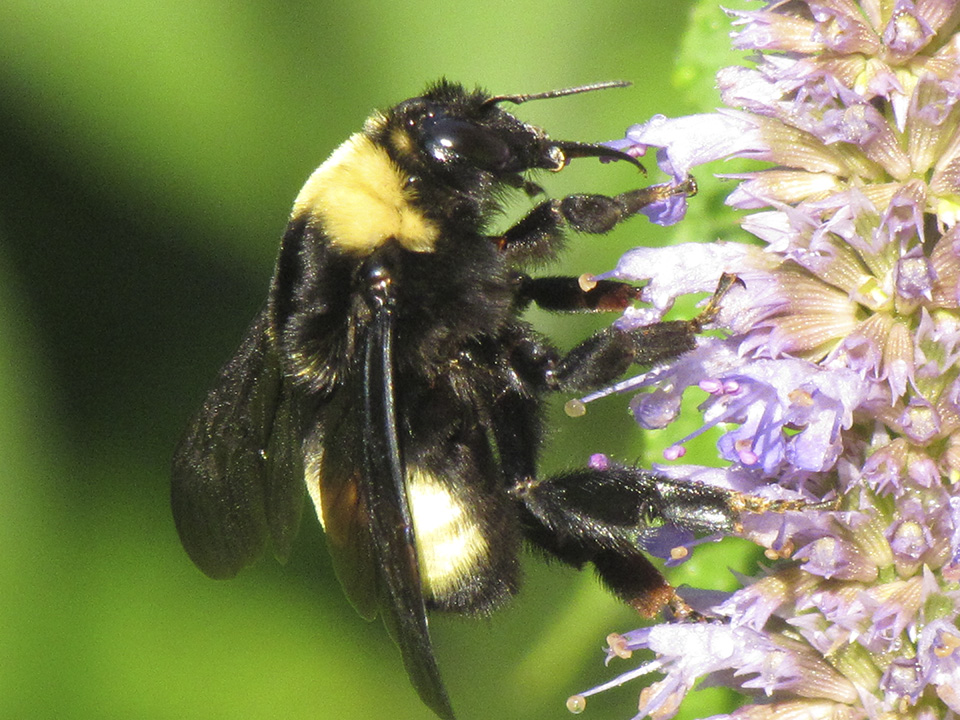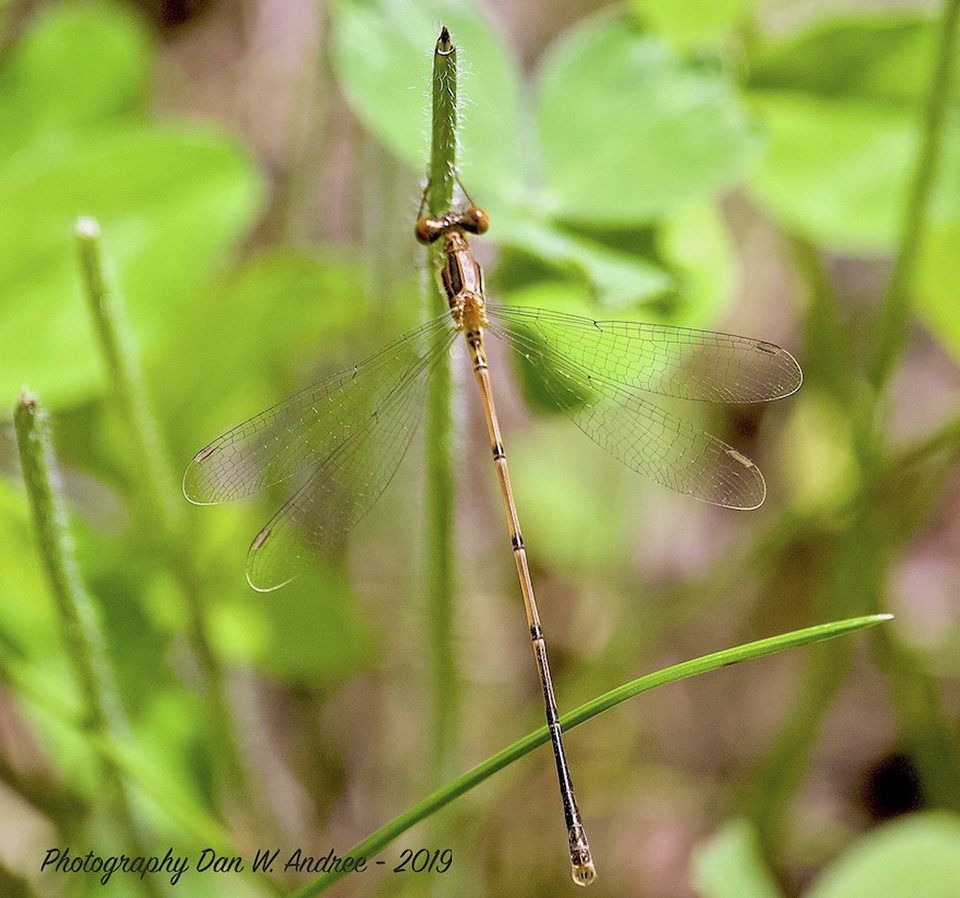
Black-and-gold bumble bee (Bombus auricomus) is common, large, colonial bumble bee. It occurs in North America east of the Rocky mountains. It is common in southern Minnesota, less common in the north. It is one of the largest bumble bees in Minnesota. Females (worker bees) are up to ¾″ long. It is found in grasslands and open areas. It lives in small colonies of about 35 workers.
Black-and-gold bumble bee is identified by its large size; there is a patch of yellow hairs on the back of the head; the thorax that is yellow on the front third, black on the rear two thirds, and has a very narrow yellow band at the rear; and the abdomen is black except for the entirely yellow second and third segments.
http://www.minnesotaseasons.com/Insects/black-and-gold_bumble_bee.html

